Pimple on Side of Tongue: When to Worry (and When Not To)
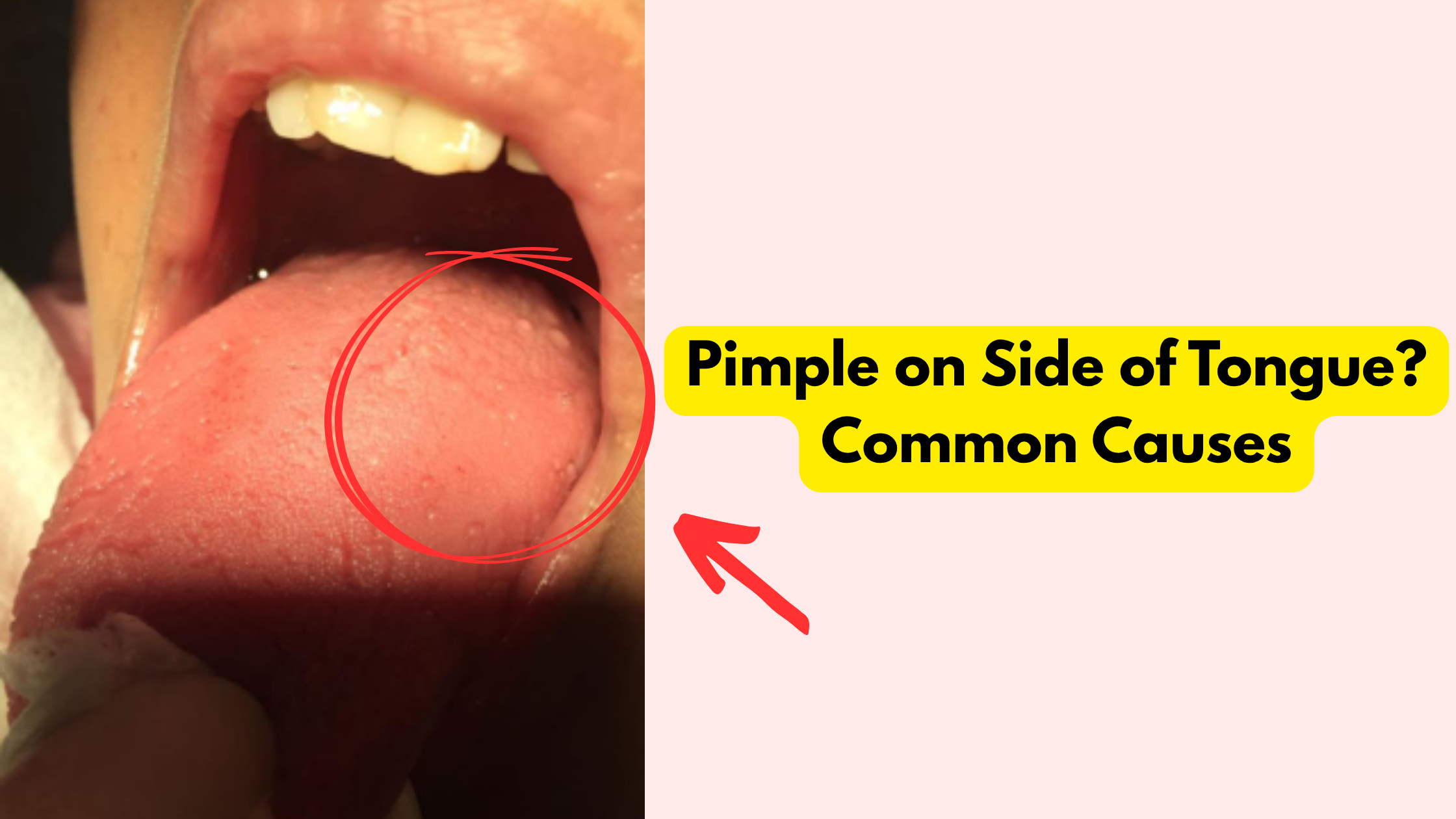 Noticed a pimple or bump on the side of your tongue? It’s normal to feel worried, especially since many associate tongue lumps with oral cancer.
Noticed a pimple or bump on the side of your tongue? It’s normal to feel worried, especially since many associate tongue lumps with oral cancer.
While it’s true that the tongue is a common site for oral cancer, the good news is that many other causes are far more common and completely harmless.
Before jumping to conclusions, you should also know that the surface of your tongue is naturally covered with small bumps called papillae (which help you taste your food). So, what you’re seeing might just be part of your tongue’s normal anatomy.
But this pimple feels unusual, and I’ve never had one like it before. What could be behind it? We will look at the most likely reasons.
In this article:
1. That “Pimple” Might Just Be Your Tongue’s Papillae
2. It Might Be Swollen Foliate Papillae
3. Benign Growths on the Side of the Tongue
4. When to Worry About a Pimple on the Side of Your Tongue
5. Takeaway
That “Pimple” Might Just Be Your Tongue’s Papillae
Your tongue is naturally covered with small bumps called papillae, which give it its rough texture. They’re completely normal, and they’re found all over the surface of your tongue.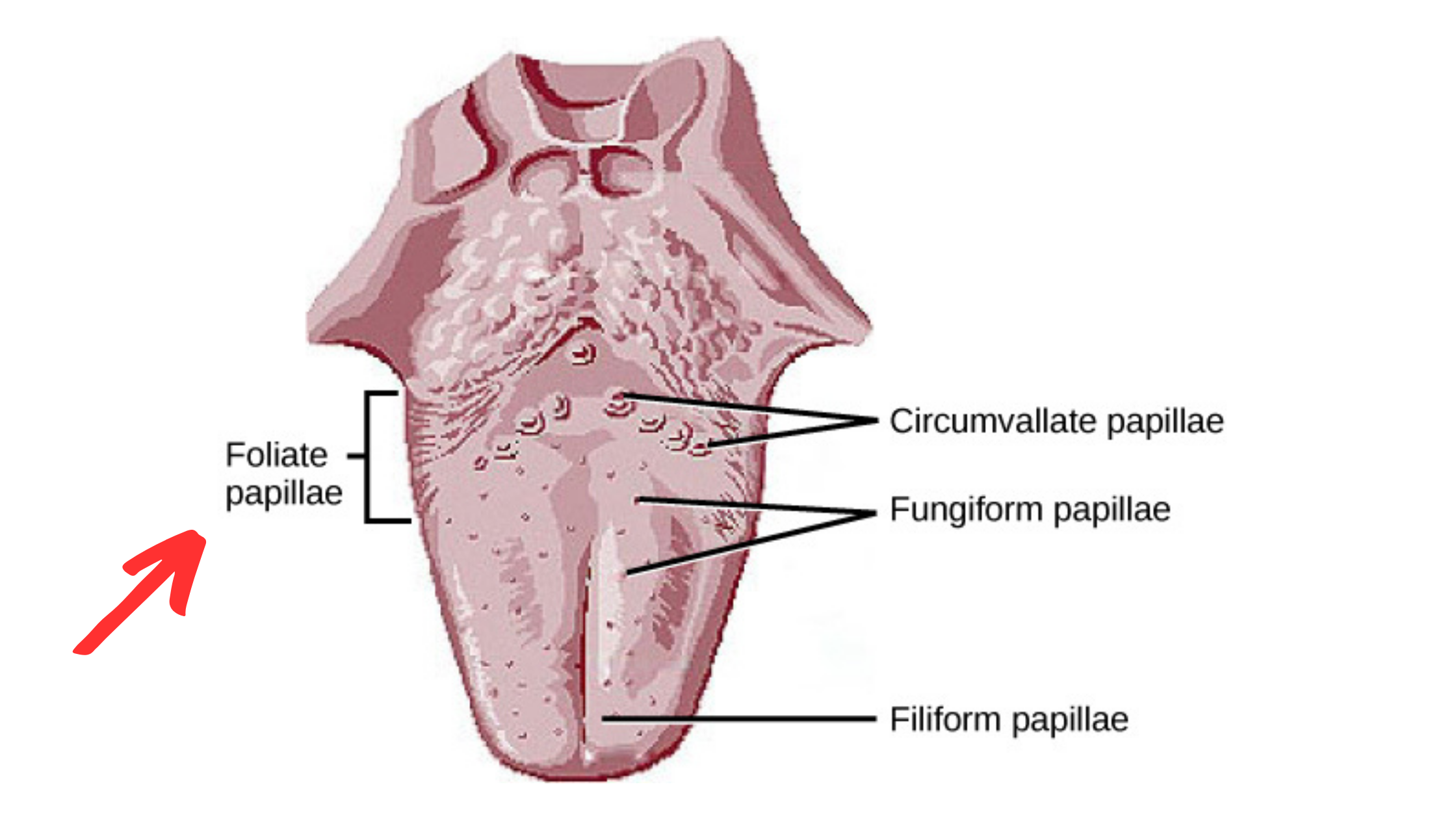
On the back sides of your tongue (both left and right), you’ll find a specific type called foliate papillae. These are small, leaf-like, vertical protrusions that contain hundreds of taste buds. Most people have about 4 to 5 on each side.
To spot them, stick out your tongue and shift it to the side. You’ll see them at the very back.
On the front part of your tongue, closer to the tip, you’ll find fungiform papillae. These are tiny, mushroom-shaped bumps that often appear as red dots. When they get irritated or swollen, they can look like pimples and become much more noticeable.
It Might Be Swollen Foliate Papillae
Sometimes, the papillae on your tongue can become swollen and look larger than usual.When the foliate papillae (at the back sides of your tongue) become inflamed, it’s known as foliate papillitis. It's actually a harmless condition and no cause for concern.
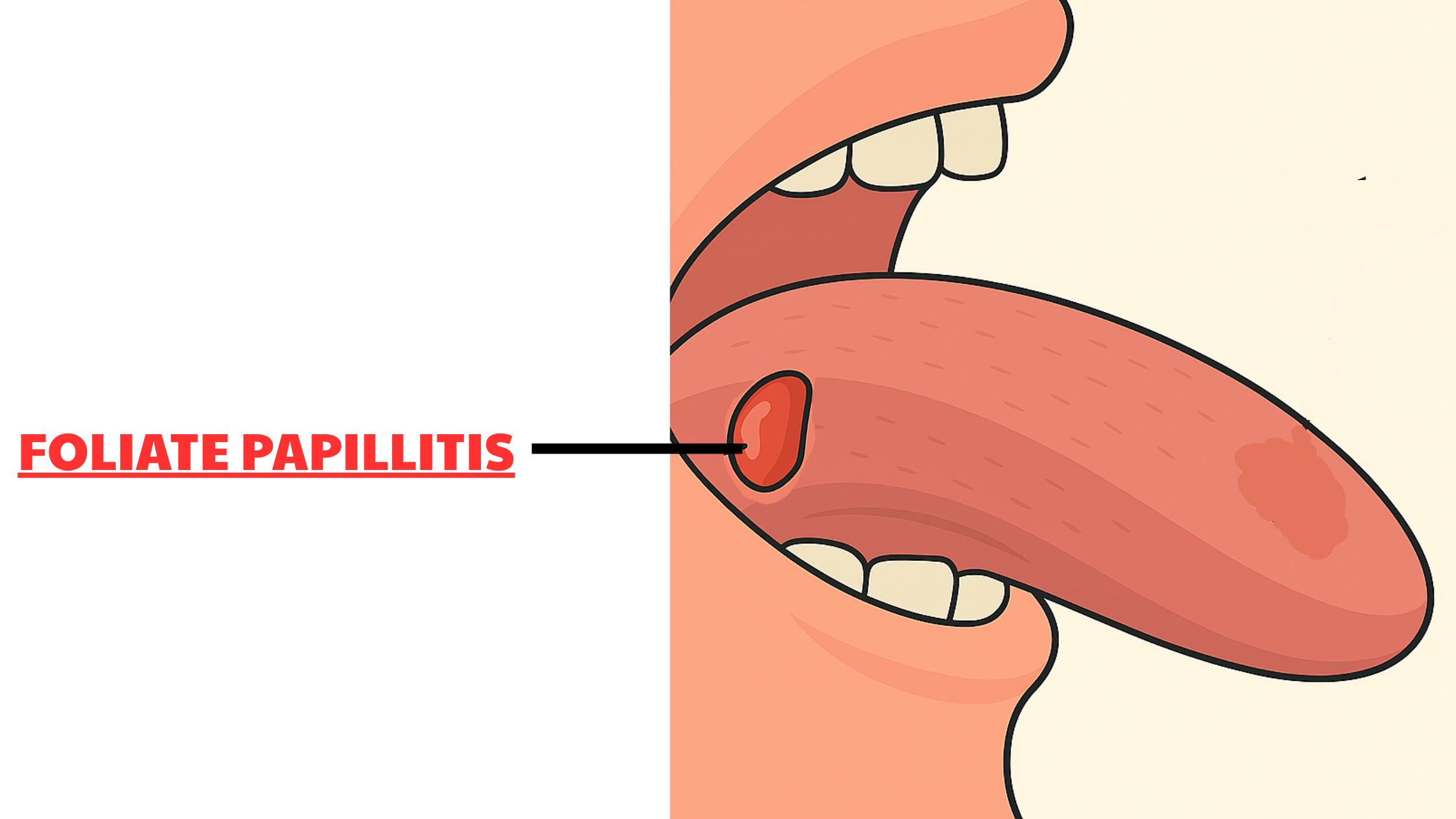
Foliate papillitis can appear as one or more leaf-shaped or crescent-like bumps, which often feel sore and sensitive. The discomfort can get worse when you move your tongue, especially while eating.
Most of the time, both sides of the tongue are affected, though it can sometimes appear on just one side.
What causes foliate papillitis?
The exact cause isn’t always clear, but the most common trigger is local irritation or trauma. This can be caused by a sharp tooth edge, a poorly fitting denture, or other dental work rubbing against the tongue.
Eating very hot, spicy, or acidic foods can also trigger the inflammation.
Sometimes, an infection, especially in the mouth, nose, or throat, can be the actual cause.
That’s because foliate papillae contain lymphoid tissue, which is part of your immune system. Just like your lymph nodes and tonsils swell during infection, these papillae can react and grow larger when nearby tissues are affected.
How Is Foliate Papillitis Treated?
Treatment for foliate papillitis is usually symptomatic, meaning the goal is to reduce pain and swelling, often with:
- Topical numbing agents.
- Anti-inflammatory medications.
The condition usually clears up on its own once the irritation or trigger is removed.
Benign Growths on the Side of the Tongue
It’s not uncommon for benign (non-cancerous) growths or lumps to appear on the sides of the tongue, especially when something keeps irritating the area.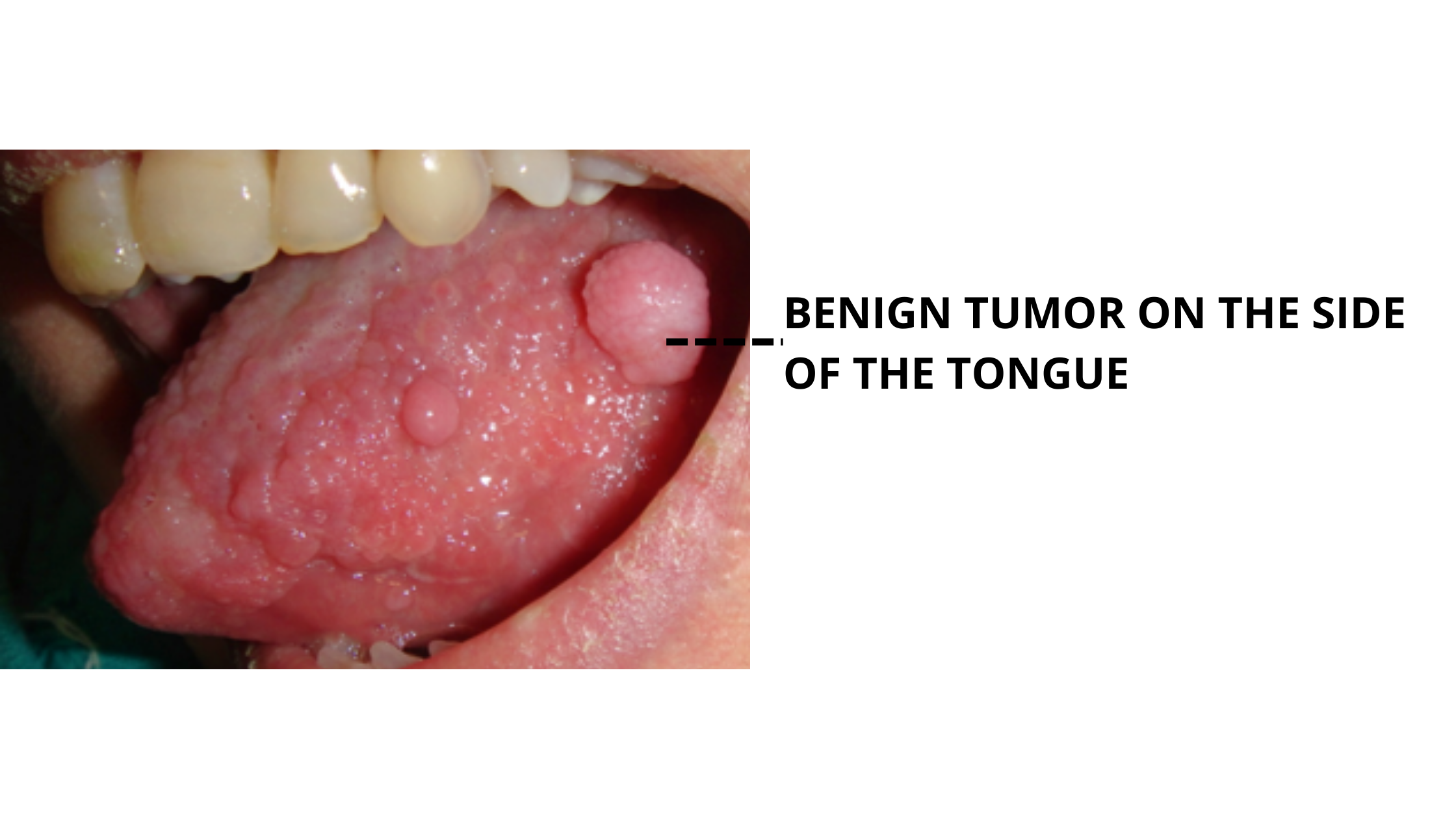
Common sources of chronic irritation include:
- Constantly biting the tongue (often subconsciously).
- A sharp or broken tooth edge.
- Tooth loss that changes how the tongue moves and rests.
These types of growths are usually:
- Firm to the touch
- Painless
- Slow-growing
- Harmless and non-invasive
They often stay the same size for years and don’t damage nearby tissues. Unlike cancerous growths, benign ones typically have a well-defined round shape and a healthy outer surface.
Benign growths that can show up on the sides of the tongue include:
1. Fibroepithelial hyperplasia or fibroma (the most common):
It usually appears as a single, firm lump with clear boundaries. The reason why the sides of the tongue are common spots is that they’re close to the teeth and therefore more prone to biting injuries.
Think of fibromas as your body’s natural response to constant irritation, triggering local cell growth and producing extra collagen to protect the area.
2. Papilloma (common as well):
If the bump is small with a grooved, cauliflower-like surface, it might be a papilloma, which is caused by the human papillomavirus (HPV). It's benign and may not need any treatment.
3. Oral lymphoepithelial cyst (rare):
This rare, benign growth appears as a small, painless bump with a yellowish-white surface. It rarely affects the mouth, but when it does, it often shows up at the sides of the tongue.
Treatment
Most growths or tumors on the tongue are benign and often don’t need any treatment. However, if they become bothersome, get frequently injured, or cause discomfort, surgical removal may be recommended.
When to Worry About a Pimple on the Side of Your Tongue
It’s completely understandable to feel anxious when you notice a pimple on the side of your tongue, especially when you know that these specific areas are frequent sites of oral cancer.The reassuring part is that most of these are caused by common, harmless things and usually go away on their own or with simple care.
That said, there are a few red flags you need to keep an eye on. These signs don’t automatically mean you have oral cancer, but it's worth having them checked by your dentist or doctor, just to be on the safe side. These include:
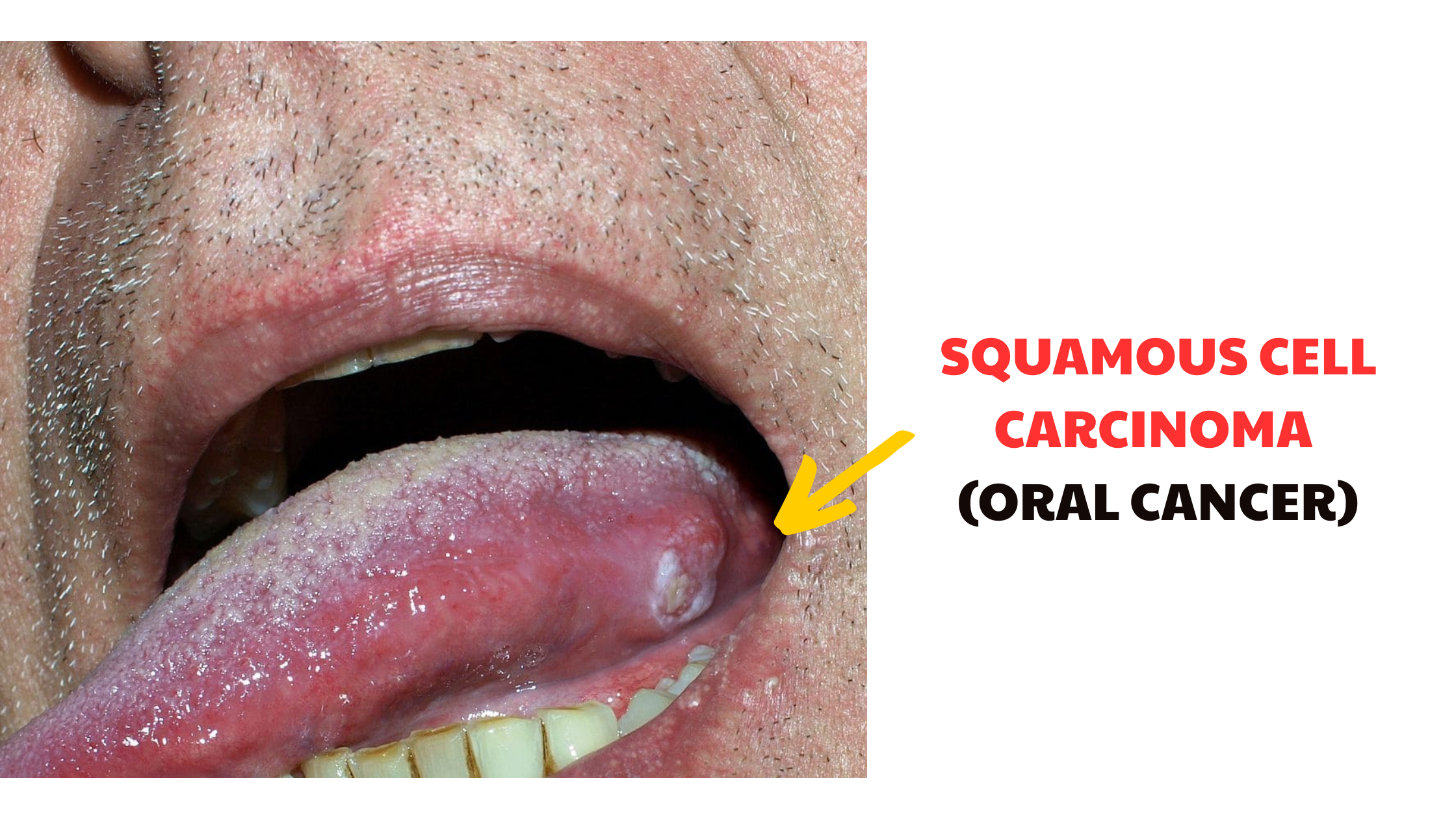
A painless ulcer:
In its early stages, oral cancer can be completely symptom-free. If you have a sore or ulcer that doesn’t hurt and hasn’t healed within two weeks, it’s best to have it examined.An ulcerated lump:
Benign growths rarely develop ulcers unless they’ve been injured. If a lump develops an ulcer out of nowhere, don’t ignore it!The lump looks uneven with poorly defined borders:
Benign tumors are typically well-defined, slow-growing, and don’t invade surrounding tissue. Cancerous growths, however, often have uneven shapes, grow rapidly, and may cause damage to nearby areas.The lesion is getting worse over time:
Benign lumps usually remain unchanged for years. A lesion that changes in size, shape, or texture over a short period is worth getting checked out.Red or white patches:
Any persistent red or white patch that appears without an obvious cause should be examined. At worst, they can be signs of pre-cancerous conditions.Unexplained bleeding:
Bleeding in the mouth without a clear reason, such as injury or inflammation, should always be taken seriously.Takeaway
It’s your mouth and your health. You’re the best person to notice when something feels off. Even if it’s unlikely to be something serious, it’s always a good idea to see your dentist if you notice any unusual changes in your mouth (as mild as they may seem).An accurate diagnosis is the first step to proper treatment. Sometimes, it’s difficult, if not impossible, to know exactly what a lesion is just by looking at it. If a lump, sore, or patch seems suspicious, your dentist or doctor may recommend a biopsy to determine its true nature.
- Foliate papillitis: A cause of oral cancerophobia! – ScienceDirect
- Foliate papillae: anatomy, location and function – Kenhub
- Foliate papillitis occurring in a child: a case report – ResearchGate
- Ayurveda holistic approach in the management of foliate papillitis – Journal of Indian System of Medicine
- October 2016 Issue – Indian Journal of Applied Research (IJAR)